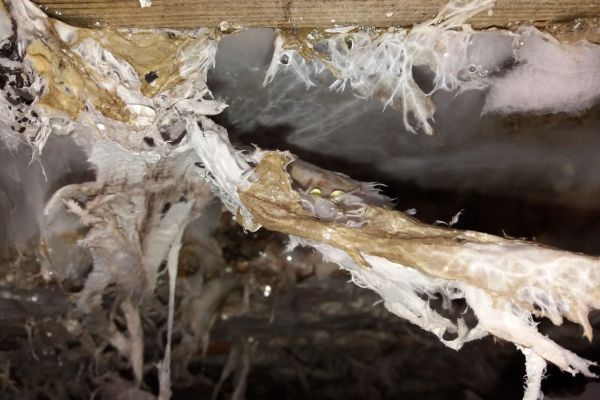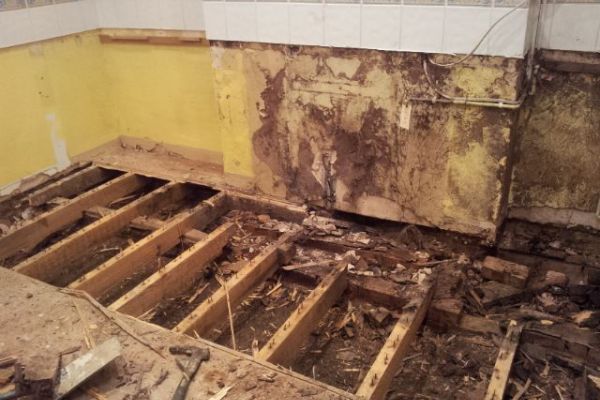Timber is one of the oldest construction materials known. It has been used since man created the first dwelling and is unlikely to diminish in the foreseeable future. However, timber is susceptible to deterioration; particularly under damp conditions. As a first step towards understanding deterioration and remedial treatment a little knowledge of the timber itself is beneficial.
Timber is composed of numerous microscopic cells; the principle components are Cellulose and Lignin. These are laid down in tree in layers as part of its seasonal growth and produce the rings you see through a cross section of cut timber. The rings generally darken from the outer edge to the centre and this helps with identifying sap wood from heart wood,
Clear identification of the timber is required for suitable preservative treatment as sap wood is more permeable for micro emulsion treatment then the heartwood.
Types of decay
Correct identification of the fungal decay found at the time of the inspection is important for specifying correct remedial repairs/preservatives; there is more information on some specific types of decays noted in the dry rot and wet rot pages. Other types of rot are white rot, soft rot, mould and blue stains.





